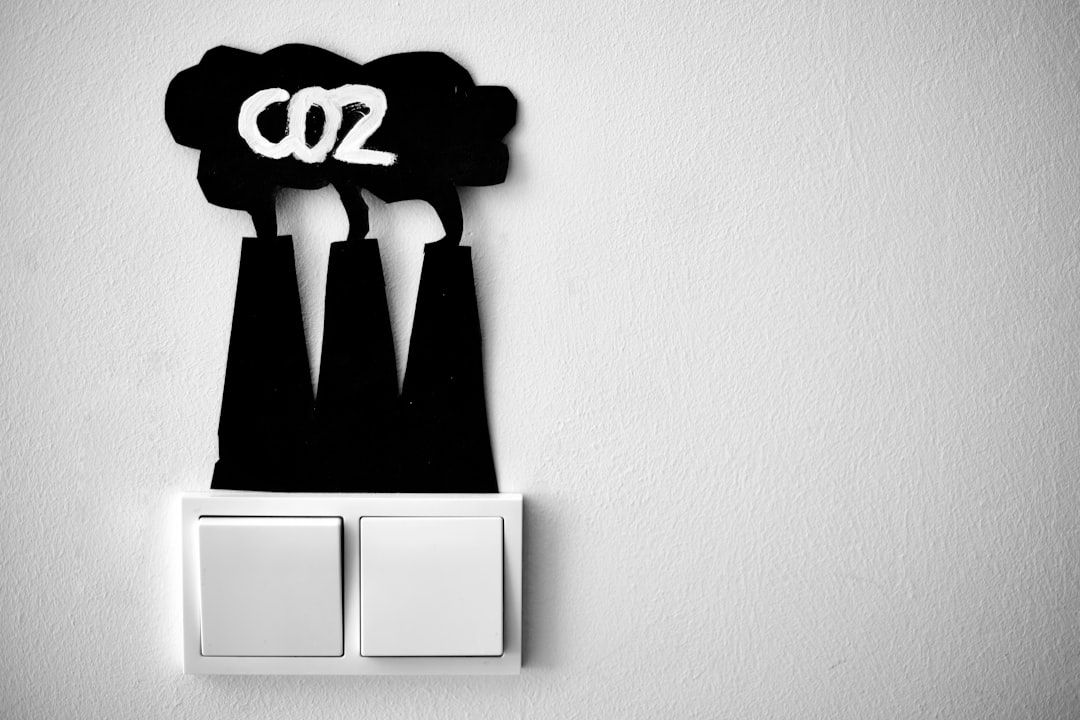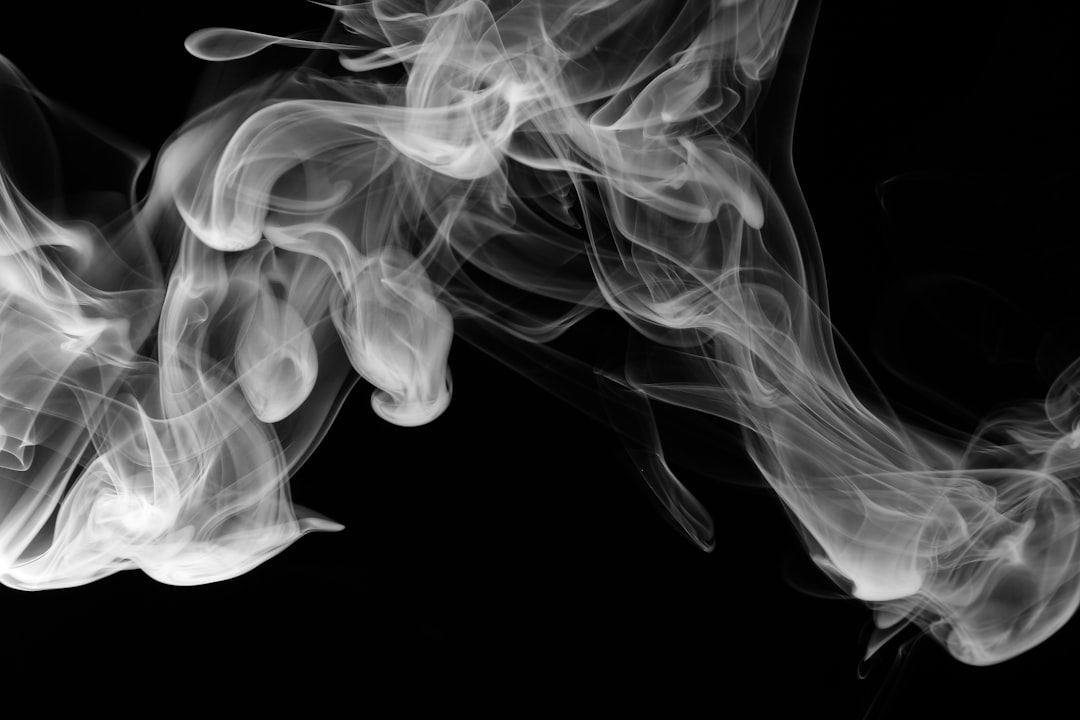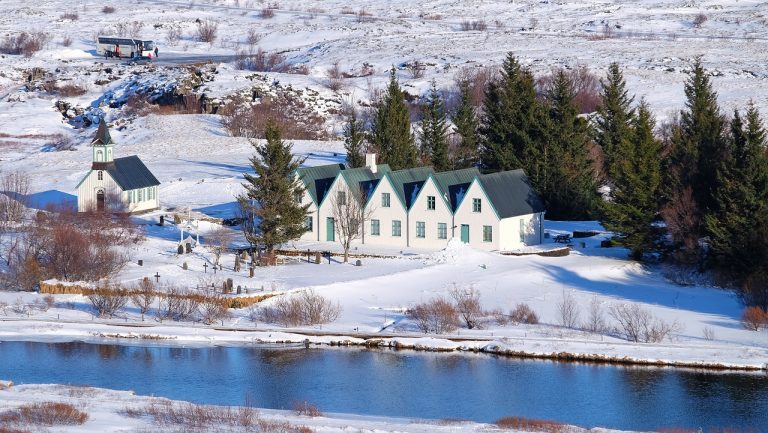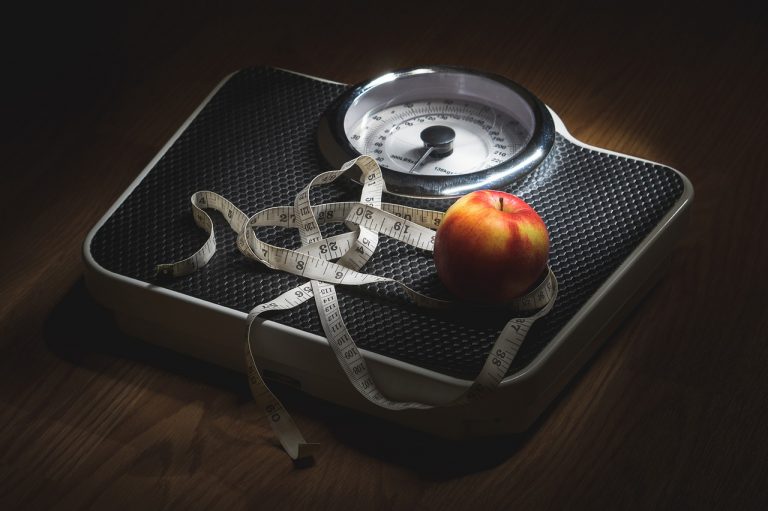As a homeowner, you always want to feel safe and secure in your home. This includes checking your air quality and making sure you‘re avoiding high carbon monoxide levels. This can cause a slew of issues for your home and your health.
High levels of carbon monoxide in the home can be very dangerous, especially for pregnant women and young children. Symptoms of carbon monoxide poisoning include headache, nausea, dizziness, and confusion. Carbon monoxide can also have long-term effects on the body, including damage to the brain, heart, and lungs. To prevent carbon monoxide poisoning, make sure your home has working smoke detectors and carbon monoxide detectors, and always use caution when using portable generators or charcoal grills.
What is carbon monoxide?

Carbon monoxide is a gas produced by the incomplete combustion of fuels like natural gas, gasoline, wood, or coal. When these fuels burn, they produce carbon dioxide (CO2) and water vapor. However, if the combustion is not complete, carbon monoxide (CO) is also produced.
Carbon monoxide is a colorless, odorless, and tasteless gas, which makes it difficult to detect. It can cause death by displacing oxygen in the blood, leading to asphyxiation. Carbon monoxide can also cause heart attacks, strokes, and seizures. Because it is hard to identify, it’s crucial that you are alert and aware of any potential issues due to high CO levels in your home.
What are the health risks of high carbon monoxide levels in homes?
The risks of high carbon monoxide levels in homes are very serious. Carbon monoxide can cause death, heart attacks, strokes, and seizures. It is important to have your home tested for carbon monoxide and to take steps to prevent high levels of carbon monoxide from occurring.
Symptoms of CO poisoning are similar to the flu and include headache, nausea, vomiting, and dizziness. If you experience these symptoms, get outside into fresh air and call 911. The long-term effects of carbon monoxide poisoning can include respiratory problems, cardiovascular disease, neurological issues, blindness, deafness, kidney disease, or in serious cases, death. If you have any questions about carbon monoxide poisoning, please call your local poison control center, and if you think you may have been exposed, seek medical assistance immediately.
What can you do to prevent carbon monoxide poisoning?

Symptoms of CO poisoning are similar to the flu and include headache, nausea, vomiting, and dizziness. If you experience these symptoms, get outside into fresh air and call 911.
To prevent CO poisoning, install a carbon monoxide detector in your home. If the alarm goes off, get outside into fresh air and call 911. Do not use portable generators, charcoal grills, or camp stoves inside your home, garage, or other enclosed spaces. This can cause an unwanted build-up of CO2. You’ll also want to avoid leaving your car running for too long in a closed garage. If you have a fireplace, use the damper to keep the firebox tightly sealed when not in use. Make sure your furnace and chimney are in good condition and properly vented.
Keep your home safe from an excess of carbon monoxide.
Not only can high CO2 levels affect your health, but they can also cause harm to your home. In fact, carbon monoxide is a leading cause of house fires throughout the United States. Excess Carbon monoxide can cause explosions in home appliances, such as water heaters and furnaces. Overall, you’ll want to be sure you keep excess CO2 out of your home. You can do this by installing better ventilation and making sure you have a carbon monoxide alarm that can catch traces of this odorless, colorless gas.





